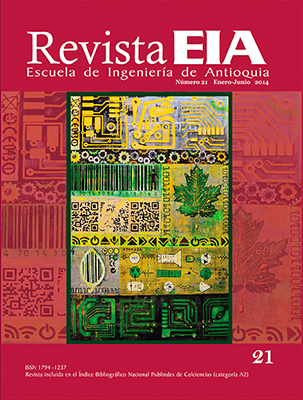RISK ASSESSMENT IN WATER DISTRIBUTION SYSTEMS FRAMED IN A WATER SAFETY PLAN
RISK ASSESSMENT IN WATER DISTRIBUTION SYSTEMS FRAMED IN A WATER SAFETY PLAN
Barra lateral del artículo
Licencia
![]()
Esta obra está bajo una Licencia Creative Commons Atribución-NoComercial-NoDerivativa 4.0 Internacional
Contenido principal del artículo
Resumen
Risk assessment is a key stage in a water safety plan (WSP) and it is achieved by identifying hazards or hazardous events and estimating risks. This study evaluated health risks in the drinking water distribution system (DWDS) of the city of Cali (Colombia), which is supplied by the Cauca River. Hazardous events were identified, and, subsequently, a risk estimation was completed using a previously adapted semi-quantitative risk matrix. The risk estimation was initially made without considering the existing control measures in the DWDS. It was then redone considering the level of effectiveness of these measures. The results showed the events with the highest level of risk associated with the loss of physical and hydraulic integrity of the DWDS (damage to water pipelines, pressure fluctuations, lack of systematized information about the DWDS, human error, lack of training, supervision, and awareness about the concept of water safety , and internal and external corrosion in the elements of the DWDS). Risk assessment is a management tool for water providers which allows for prioritizing human and financial resources toward improving control measures as a strategy for reducing health risks and ensuring the quality of drinking water in the DWDS.


 PDF (English)
PDF (English)
 FLIP
FLIP


